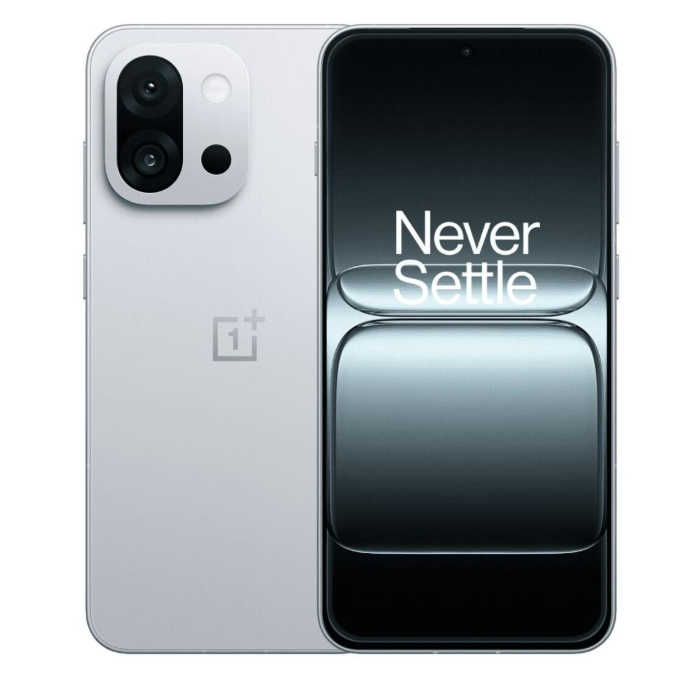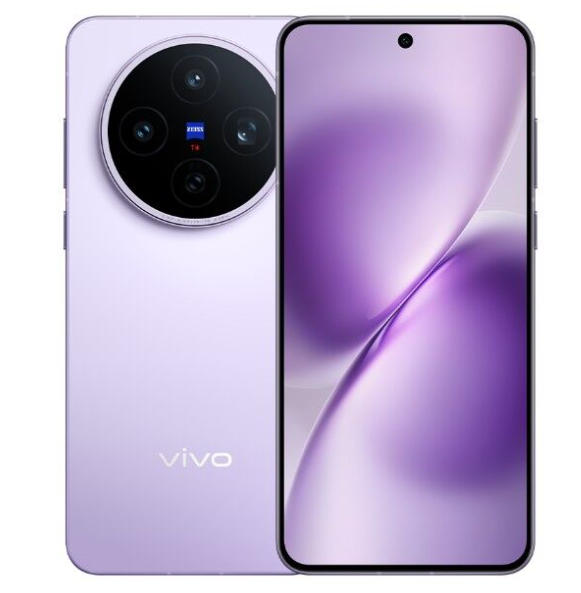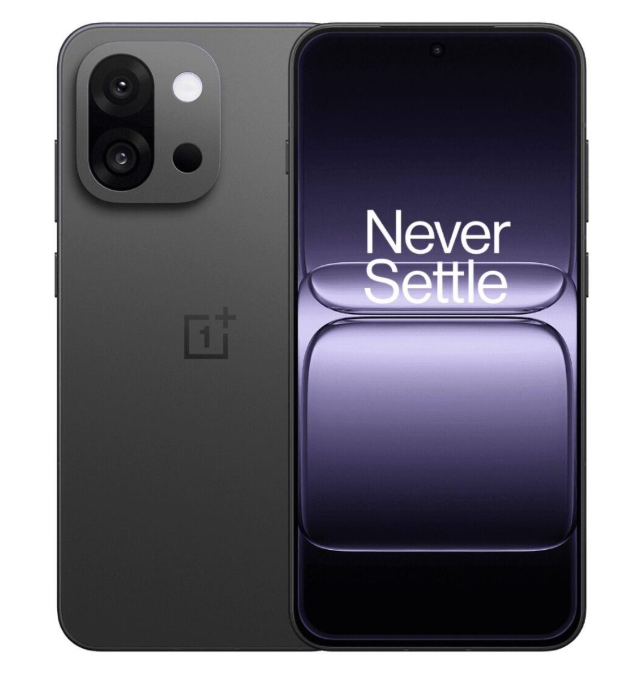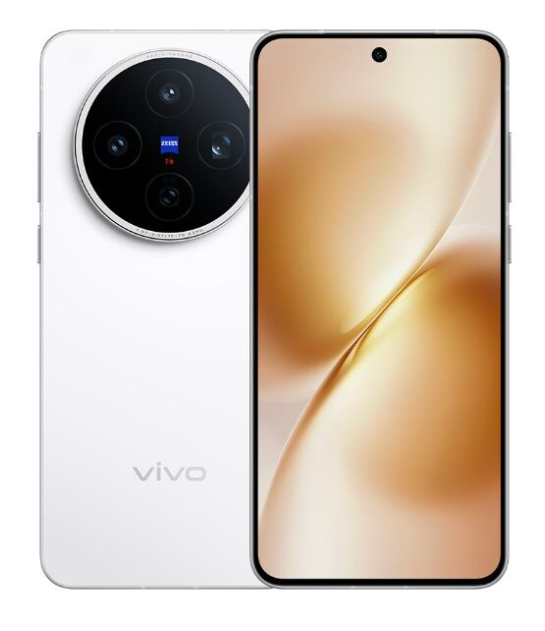
OnePlus 13T and Vivo X200s represent two of the most compelling upper-midrange flagships of 2025, each pushing boundaries in performance, design, and camera capabilities. With both priced competitively and powered by cutting-edge 3nm chipsets, this comparison matters for anyone choosing between raw performance and feature-rich versatility.
Design and Display

Build and Feel:
OnePlus 13T features a refined glass front with an aluminum alloy frame and IP65 rating, offering decent durability against dust and low-pressure water jets. In contrast, the Vivo X200s is rated IP68/IP69, providing stronger water resistance, including full immersion and high-pressure jets. The Vivo also uses premium build elements and is slightly heavier, which lends a more substantial, flagship feel in the hand. The Vivo X200s is the better pick for those prioritizing ruggedness and durability due to its superior ingress protection.
Display Quality:
OnePlus uses a smaller 6.32-inch LTPO AMOLED panel with 1B colors, Dolby Vision, and a peak brightness of 1600 nits. The Vivo X200s features a larger 6.67-inch AMOLED with 5000 nits peak brightness, HDR10+, and Ultra HDR image support. While both have excellent clarity and similar pixel density, the Vivo’s screen stands out for outdoor readability and vivid image rendering. The 5000-nit peak brightness and Ultra HDR support give the Vivo a clear edge for multimedia consumption.
Verdict:
Vivo X200s wins in both durability and display brilliance, making it more suitable for users who prioritize premium build and top-tier screen visibility in all conditions.
Specifications

Performance:
OnePlus 13T runs on the Snapdragon 8 Elite (3nm), delivering top-tier performance with its custom Oryon cores and Adreno 830 GPU. The Vivo X200s is powered by the Dimensity 9400+, also built on 3nm, featuring the new Cortex-X925 architecture with Immortalis-G925 GPU. While both are extremely powerful, early benchmarks show that the Snapdragon chip in the OnePlus has a slight edge in GPU performance and sustained thermal efficiency during gaming. For those focused on raw performance and gaming reliability, the OnePlus 13T holds the advantage.
Battery and Charging:
OnePlus 13T offers a slightly larger 6260 mAh battery with 80W wired charging and support for various protocols (PPS, PD, QC), including 5W reverse wired. Vivo X200s, with its 6200 mAh battery, supports faster 90W wired charging, 40W wireless, and reverse wired. The inclusion of fast wireless charging gives the Vivo a significant versatility advantage. While both have excellent battery endurance, Vivo’s more flexible charging setup makes it more convenient for modern power users.
Verdict:
Performance favors the OnePlus 13T due to its GPU efficiency while charging flexibility and wireless support give the Vivo X200s the battery edge. Vivo is better for users wanting a versatile power experience; OnePlus is better for high-performance tasks.
Camera

Main and Secondary Lenses:
OnePlus 13T uses a dual-camera setup with two 50 MP sensors for wide and 2x telephoto shots. It includes a color spectrum sensor and offers Dolby Vision in video. The Vivo X200s steps up with a triple-camera array: a 50 MP main sensor, a 50 MP periscope telephoto with 3x zoom, and a 50 MP ultrawide. It also features Zeiss optics, laser autofocus, and 3D LUT support. Vivo provides more versatility, superior zoom capabilities, and enhanced optical quality with its Zeiss branding. For photography enthusiasts, Vivo offers more depth and flexibility.
Selfie Camera:
OnePlus 13T comes with a 16 MP front-facing camera that records in 1080p. Vivo X200s has a 32 MP ultrawide selfie shooter that supports 4K video at up to 60fps. The higher resolution and broader angle on the Vivo make it ideal for group shots and vlogging, while its 4K video support ensures superior video clarity. This makes the Vivo a clear choice for content creators and selfie lovers.
Verdict:
Vivo X200s wins in both rear and front camera systems due to its versatile triple-lens setup, higher zoom, and superior selfie features. It’s better suited for users who value camera quality and creative shooting options.
Pricing
OnePlus 13T is priced around $550, making it a strong value flagship with high-end specs, excellent performance, and a competitive camera setup. The Vivo X200s costs approximately $650, reflecting its superior camera hardware, wireless charging, and IP69 protection. While Vivo offers more premium features overall, the OnePlus 13T delivers strong performance at a lower cost. For users on a tighter budget who still want flagship power, the OnePlus 13T is the better-value choice. Vivo is worth the extra cost only if camera flexibility and wireless charging are top priorities.
Conclusion

OnePlus 13T introduces the new Snapdragon 8 Elite chip with Circle to Search, a niche software feature for productivity. However, the Vivo X200s pushes boundaries with Zeiss optics, 5000-nit display brightness, wireless charging, and a periscope zoom lens, all typically found in ultra-premium devices. The addition of IP69 durability also sets it apart for rugged use. These unique camera and display elements give the Vivo a distinctive identity among mid-premium smartphones.
Verdict:
Choose the OnePlus 13T for top-tier performance, a cleaner software experience, and strong value at a lower price. Opt for the Vivo X200s if camera versatility, extreme brightness, wireless charging, and superior durability are must-haves. Overall, Vivo X200s is the more feature-rich device, while OnePlus 13T remains the performance-focused value champion.
Read More:
- Oppo Find X8s+ vs Xiaomi 15: The Winner Is Obvious
- Samsung Galaxy S25 Edge vs Xiaomi 15: Does Xiaomi Outsmart Samsung
The post OnePlus 13T or Vivo X200s: Which is the Best Value Flagship appeared first on Gizmochina.








